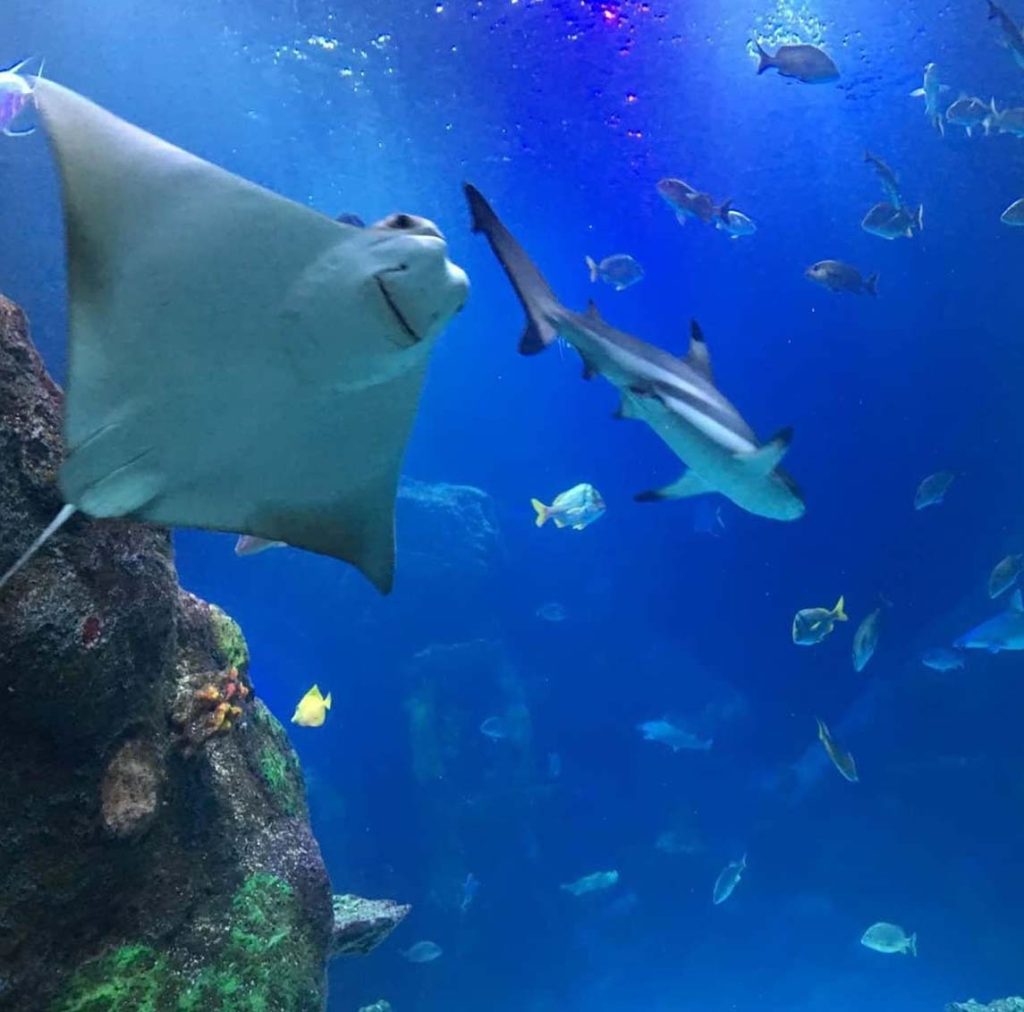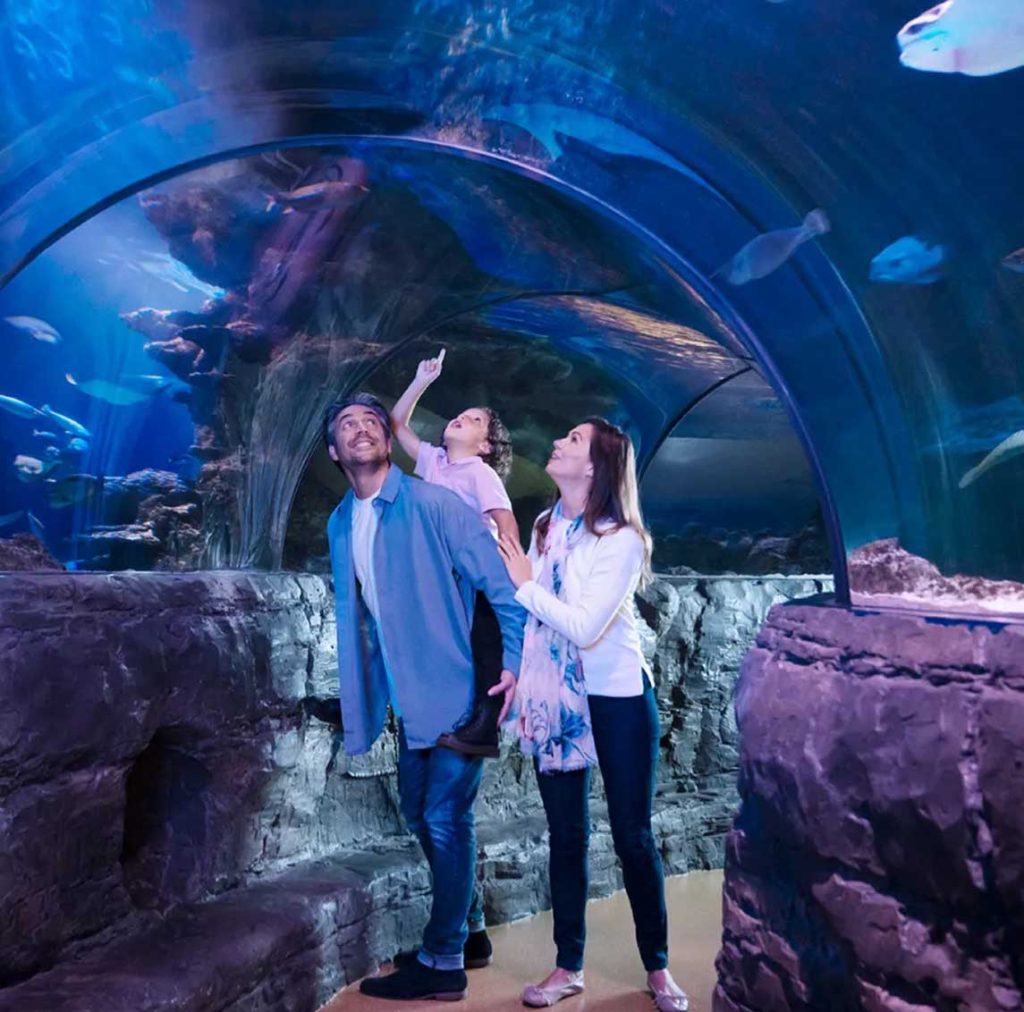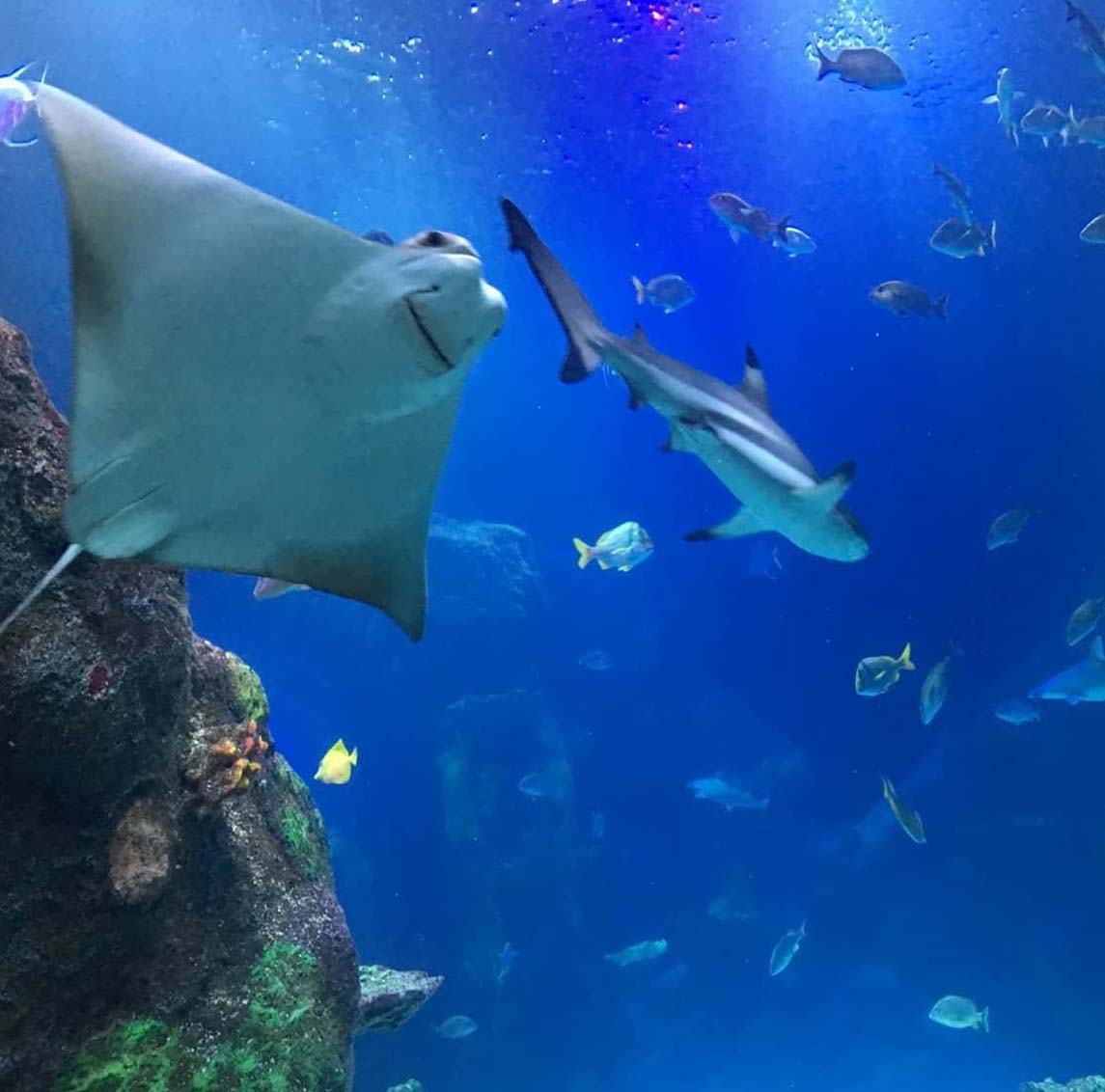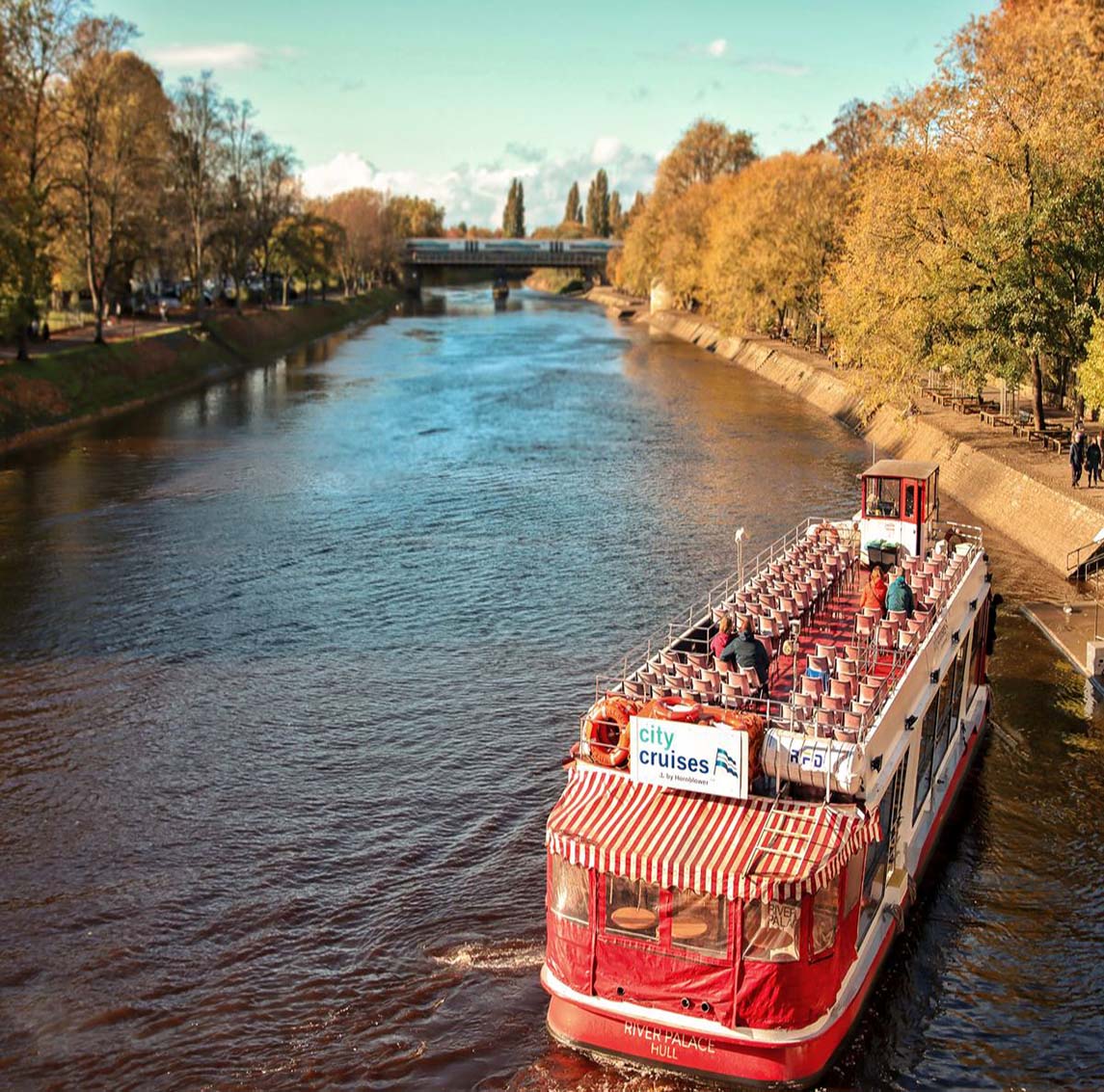Michigan, located in the north-central United States, has vast land and rich natural landscapes that attract thousands of tourists to explore. In addition to lakes and forests, there are some amazing tourist attractions here, among which SEA LIFE Aquarium is undoubtedly one of the highlights.
SEA LIFE Aquarium is an ideal family playground that combines entertainment and education. Whether it is a tourist who loves marine life or a family who wants to learn about nature with their children, it can provide a unique experience. Visitors can watch various marine animals such as sharks, turtles, stingrays, etc. up close, and learn about the living habits and protection status of marine life through interactive displays and educational activities.
This aquarium is not only a visual and sensory enjoyment, but also an educational and entertaining travel adventure. It provides visitors with an opportunity to explore the underwater world while also raising everyone’s awareness of marine ecology and environmental protection.
1. Overview of SEA LIFE Aquarium: Entering the mysterious underwater world
1.1 The birth and mission of SEA LIFE Aquarium

SEA LIFE Aquarium is one of the most well-known aquarium brands in the world, dedicated to showing tourists a diverse marine ecological environment and enhancing the public’s environmental awareness through interactive experiences. Located in the shopping mall of Auburn Hills, SEA LIFE Aquarium in Michigan is an ideal family tourist destination. Whether you are a tourist who loves marine life or a family who wants to explore the mysteries of the ocean with children, this is a perfect choice.
Each exhibition area here displays a different marine ecosystem. From tropical coral reefs to the deep sea world, SEA LIFE Aquarium makes visitors feel as if they are in the underwater world through carefully designed exhibitions. More importantly, the aquarium also actively promotes marine protection and environmental education, conveying to visitors the urgency of reducing marine pollution and protecting marine life.
1.2 Introduction to the exhibition areas of SEA LIFE Aquarium
SEA LIFE Aquarium has several carefully arranged exhibition areas, each of which represents a different marine ecology. Visitors can experience the rich diversity of marine life in these exhibition areas.
Ocean Tunnel: This transparent ocean tunnel is the star exhibition area of SEA LIFE Aquarium. Through this tunnel, visitors can roam surrounded by marine life. Large marine animals such as sharks, turtles, and stingrays swim freely around you, as if you are in the vast ocean.
Tropical Coral Reef: In this exhibition area, visitors will see a variety of colorful tropical fish. The aquarium simulates a real coral reef environment to show visitors this colorful and vibrant ecosystem.
Deep Sea Wonders: The Deep Sea Area is a mysterious exhibition area where deep-sea creatures such as glowing deep-sea fish and alien deep-sea octopuses are displayed. Visitors will experience close contact with life deep in the earth in this area.
Touch Pool: This is one of the favorite areas for children. Visitors can touch marine life such as starfish and sea urchins with their own hands. The staff will provide relevant educational information so that each participant can learn more about marine life.
2. Interactive experience of close contact with marine animals
2.1 Touch Pool: Close contact with marine life
The touch pool is one of the most popular interactive areas of SEA LIFE Aquarium. Here, visitors can gently touch starfish, sea urchins and other invertebrates to feel the unique touch of these marine life. The staff will explain the habits and protection status of each creature next to it, which brings rich educational significance to visitors. Especially for families with children, the touch pool is a good opportunity for children to get in touch with nature from an early age and cultivate their interest and love for marine life.
2.2 Feeding Show: Witness the feeding moment of marine life
Every week, SEA LIFE Aquarium holds a series of marine life feeding activities, where visitors can see how staff feed large marine animals such as sharks and turtles. This is not only a visual shock, but also an opportunity to understand the eating habits of marine animals. Through these activities, visitors can have a deeper understanding of the ecological role of marine life and how they survive and reproduce in the ocean.

2.3 Virtual Reality Experience: Immersive Undersea Adventure
For those visitors who cannot dive into the depths of the ocean in person, SEA LIFE Aquarium provides a virtual reality experience. This technology makes visitors feel as if they are on the bottom of the ocean and have zero-distance contact with marine life. In this immersive virtual adventure, you will swim with great white sharks and experience the mystery and charm of the sea with marine life. Virtual reality not only provides a new way of interaction, but also allows you to have a deeper understanding of the living environment of marine life.
3. SEA LIFE Aquarium’s environmental protection mission and educational significance
3.1 Environmental education: focus on marine life protection
SEA LIFE Aquarium has been committed to protecting the marine environment and raising public awareness of marine ecosystem protection through a series of exhibitions and educational programs. In the aquarium, visitors can not only observe various marine life up close, but also learn about the threats to marine life such as marine pollution, plastic waste, and climate change. Through interactive displays, explanations and publicity activities, the aquarium encourages visitors to participate in marine protection actions and reduce environmental pollution in daily life.
3.2 Participate in marine protection: start with small things
When visiting SEA LIFE Aquarium, visitors can also learn how to participate in global marine protection actions. For example, reduce the use of plastics, participate in beach clean-up activities, and even support marine protection organizations. The staff in the aquarium will popularize environmental protection tips to visitors and encourage everyone to do their part for marine protection.
3.3 Supporting Environmental Projects: SEA LIFE’s Commitment
In order to better protect marine life, SEA LIFE Aquarium also participates in a number of global environmental projects, such as marine debris cleanup and wildlife protection. Through these projects, the aquarium hopes to encourage visitors to take action and become active advocates and participants in environmental protection.
4. Travel Tips: How to Plan Your SEA LIFE Trip
4.1 Buy Tickets in Advance to Avoid Queues
In order to maximize your time, it is recommended that visitors purchase tickets online in advance through visitsealife. This not only saves time queuing, but also ensures that you can enter the aquarium on time and enjoy a rich marine experience. It is especially important to purchase tickets in advance during peak travel periods.
4.2 Check the latest opening hours and event schedules

The opening hours of SEA LIFE Aquarium are usually from 10 am to 6 pm every day, but during holidays, the opening hours may be adjusted. Visitors can check the latest opening information and special event schedules through visitsealife. Knowing the event schedule in advance will help you avoid missing any exciting events when you arrive.
4.3 Dress comfortably for a relaxing visit
The aquarium’s large exhibits require visitors to walk a long distance, especially families with children. Therefore, it is recommended to wear comfortable shoes and clothing to ensure that you can easily navigate the entire aquarium. This will ensure comfort and allow you to enjoy the wonderful world of marine life without rushing.
4.4 Participate in interactive activities to increase the fun of play
Don’t miss interactive activities such as touch pools and feeding displays. The opportunity to get up close and personal with marine life is something you will hardly experience elsewhere. At SEA LIFE Aquarium, these activities will make your visit more colorful and give you a deeper understanding of marine life conservation.
4.5 Plan your route in advance to avoid missing out on the highlights
Since SEA LIFE has multiple exhibition areas, visitors can plan their route in advance to ensure they don’t miss any of the highlights. Aquariums usually have themed areas, such as sharks, turtles, and tropical fish. Visitors can check the map of the museum in advance through visitsealife and choose the exhibition area they are most interested in to visit first, which can help you fully experience the diverse charm of the aquarium within a limited time. In addition, if you have time, you can also participate in some guided tours led by a docent to learn more about the unique stories and scientific knowledge behind each exhibition area.
4.6 Buy souvenirs and leave good memories
After your visit, don’t forget to pick up some special items at the aquarium’s souvenir shop to take home as a wonderful souvenir of your trip. Whether it’s toys in the shape of marine life, customized T-shirts, or souvenirs with environmental themes, these can help you preserve the good memories of your trip. In addition, buying souvenirs can also support public welfare related to marine protection and help raise everyone’s awareness of marine ecological protection.
SEA LIFE Aquarium in Michigan is a tourist destination full of educational significance and fun. From a rich and diverse exhibit area to interactive experiences with marine life, it provides a perfect platform for both children and adults to learn about marine life and protect the marine environment. Purchase tickets in advance on visitsealife and plan your itinerary to ensure that you don’t miss any exciting activities and make this trip to the underwater world an unforgettable adventure.




